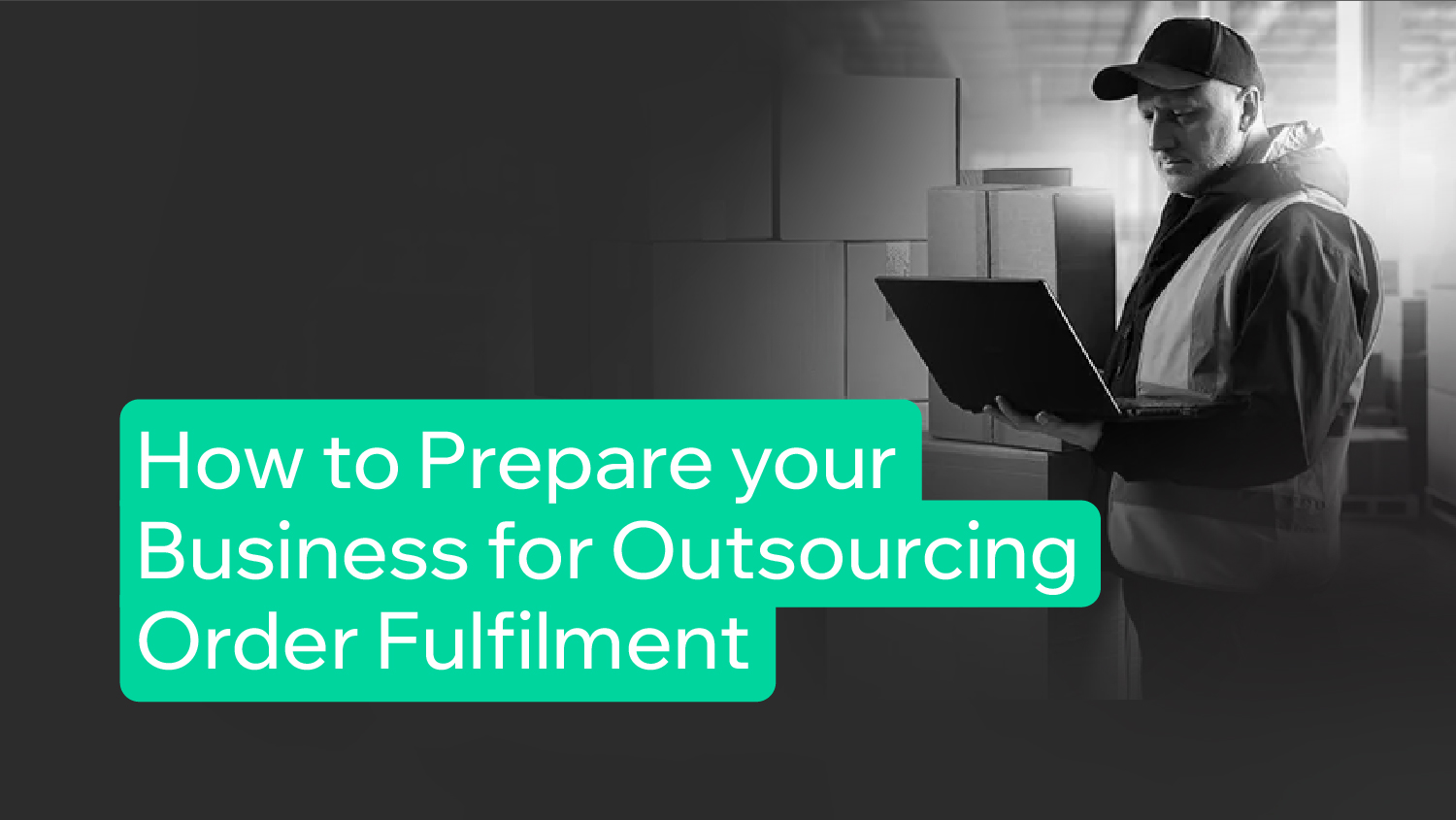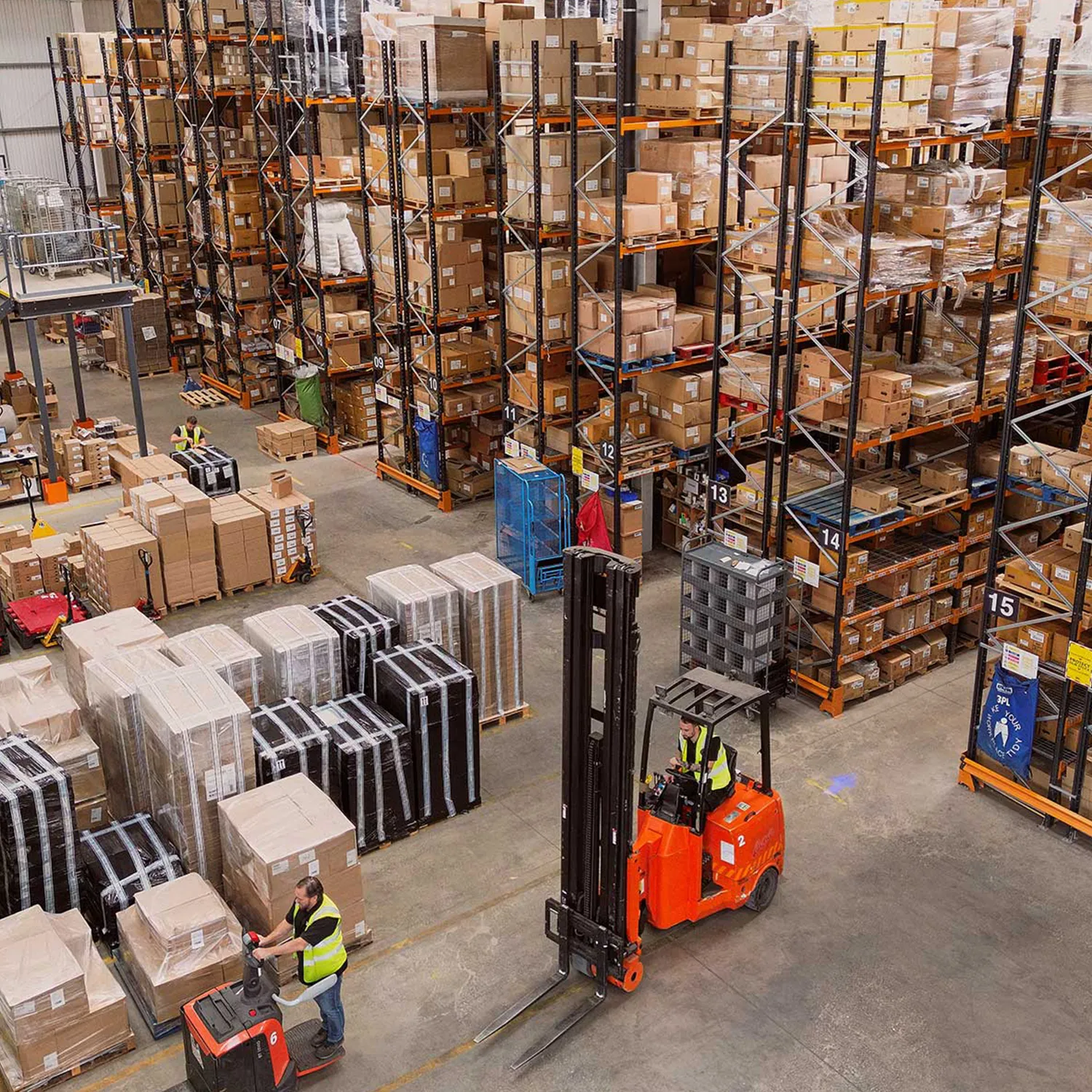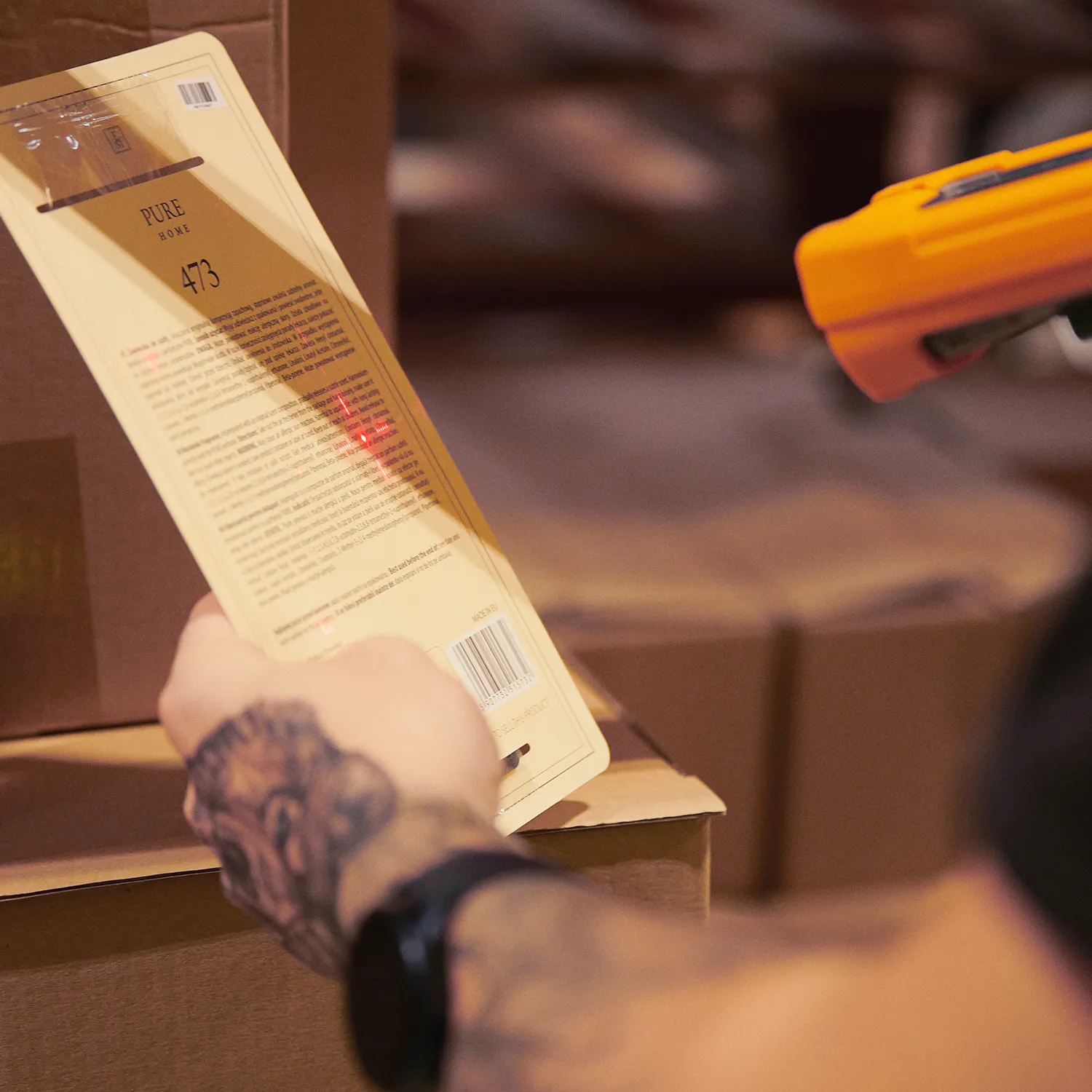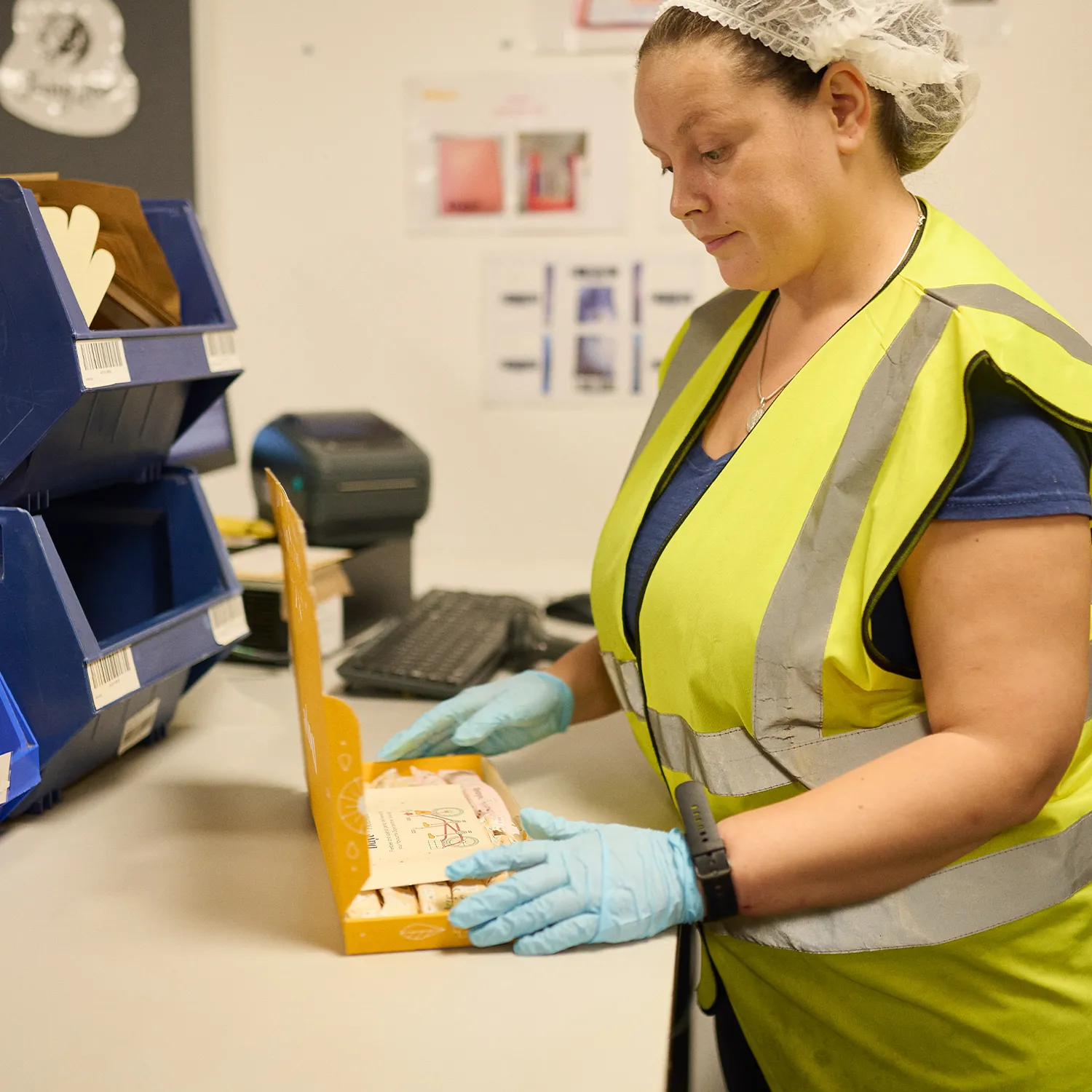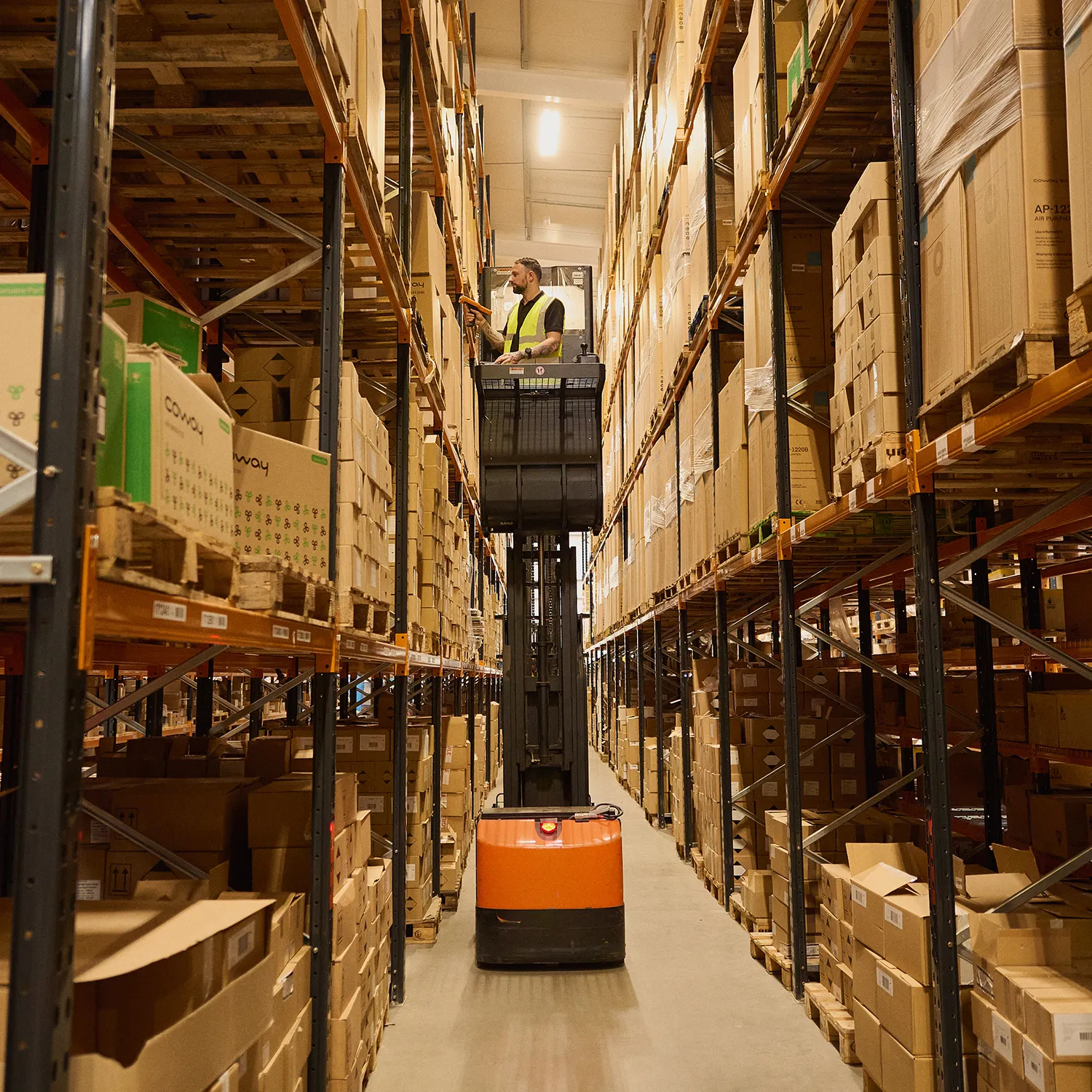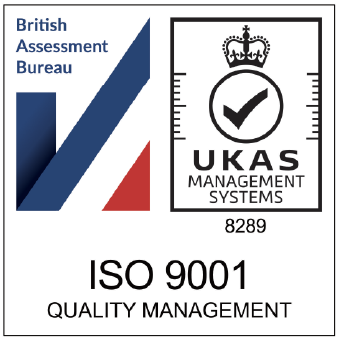Article Overview
This blog offers practical and in-depth guidance for businesses exploring the option of outsourcing their fulfilment. From recognising the right time to outsource, to streamlining internal processes, forecasting growth, and ensuring a smooth transition, it provides the essential steps to get started. Designed to inform and empower, this guide establishes your role as a trusted partner for businesses preparing to optimise their fulfilment operations.
Outsourcing fulfilment can be a game-changer for businesses looking to scale efficiently, streamline operations, and focus on their core strengths. However, transitioning from in-house fulfilment to a third-party logistics (3PL) provider requires thoughtful planning and preparation. From assessing your readiness to finding the right partner, taking the time to prepare your business can ensure a seamless transition and long-term success. This guide provides a step-by-step roadmap to help businesses navigate the process of outsourcing fulfilment effectively. Here’s what we’ll cover:
- Assessing Your Business Readiness
- Preparing Your Operations
- Financial Considerations
- Choosing the Right Fulfilment Partner
- Making the Transition Smooth
- Setting Long-Term Goals
Assessing Your Business Readiness
Outsourcing fulfilment isn’t a one-size-fits-all solution. It’s essential to evaluate whether your business is at the right stage to benefit from external logistics support. Signs that it’s time to outsource include:
- Consistently processing more than 200 orders per month.
- Struggling with limited space for inventory or operations.
- High error rates in picking, packing, or shipping.
- Anticipating rapid growth, such as a 20-30% increase in order volume YoY.
Forecasting future demand is equally important. Analyse historical sales data and use tools like predictive analytics to understand seasonal trends, peak periods, and growth potential. If your business plans to expand into new markets or launch additional products, outsourcing fulfilment can provide the scalability you need to succeed.
Preparing Your Operations
A smooth transition starts with well-organised internal operations. Before engaging a 3PL provider, ensure your business has systems and processes in place to support external fulfilment.
- Inventory Organisation: Categorise and label your SKUs for easy identification. Standardised product labelling and accurate descriptions will make integration with a 3PL’s system much easier.
- Accurate Data: Ensure your inventory data is up-to-date and synced across your eCommerce platforms. This minimises errors and ensures real-time updates when you transition to a 3PL.
- Internal Processes: Define workflows for receiving, processing, and fulfilling orders. Establish a single point of contact within your team to manage communication with the 3PL provider.
Investing time in these preparatory steps ensures your fulfilment partner can hit the ground running without delays or disruptions.
Financial Considerations
Outsourcing fulfilment requires an upfront investment, but the long-term benefits often outweigh the costs. Start by conducting a cost analysis to compare in-house fulfilment expenses with outsourcing.
Key Costs to Consider:
- Storage: In-house storage costs include rent, utilities, and equipment, whereas 3PL providers often charge per pallet or cubic metre.
- Labour: Factor in wages, training, and overtime for in-house staff versus fixed 3PL costs.
- Shipping: 3PL providers typically offer discounted shipping rates due to their scale.
Budgeting for outsourcing also means forecasting ROI. Consider how faster delivery times, improved accuracy, and reduced errors can increase customer satisfaction and drive repeat purchases.
Choosing the Right Fulfilment Partner
The success of outsourcing largely depends on choosing the right partner. Look for a provider that aligns with your business’s needs and goals.
Key Factors to Evaluate:
- Location: Choose a provider with warehouses near your key customer bases to reduce shipping times and costs.
- Technology: Ensure the provider offers real-time tracking, reporting, and integrations with your existing platforms.
- Scalability: Can the 3PL handle seasonal peaks or rapid growth in your business?
- Customer Support: A responsive partner can quickly address issues and maintain a seamless experience for your customers.
Ask potential partners questions about their processes, error rates, and how they manage returns. A transparent, reliable partner will be able to provide detailed answers and case studies to back up their claims.
Making the Transition Smooth
Transitioning to a 3PL requires careful coordination between your team and your fulfilment partner. Start with a detailed onboarding plan that includes transferring inventory, integrating systems, and testing workflows.
Steps for a Seamless Transition:
- Inventory Transfer: Organise and document all products being sent to the 3PL’s warehouse. Include detailed SKU lists and quantities.
- System Integration: Work with your 3PL to connect their software with your eCommerce platforms for real-time updates.
- Pilot Runs: Conduct small test batches to ensure the processes align and identify any issues before scaling up.
Maintaining open communication throughout the transition period is essential. Regular updates and feedback help both parties adjust and optimise operations.
Setting Long-Term Goals
Outsourcing fulfilment isn’t just about meeting today’s needs; it’s about preparing for the future. Use your partnership with a 3PL to support long-term growth and innovation.
Long-Term Focus Areas:
- Performance Tracking: Monitor KPIs such as delivery times, order accuracy, and customer satisfaction to measure the success of your fulfilment strategy.
- Scalability: Regularly review your partnership to ensure it can support new product launches, market expansions, or seasonal spikes.
- Continuous Improvement: Collaborate with your 3PL provider to explore new technologies, such as automation or predictive analytics, to stay ahead of the competition.
By setting clear goals and maintaining a proactive approach, you can maximise the value of your outsourced fulfilment strategy.
Ready to Take the Next Step in Fulfilment?
Preparing your business for outsourcing fulfilment involves more than just choosing a partner – it’s about ensuring your operations, finances, and long-term plans are aligned for success. By taking the time to assess your readiness, organise your operations, and set clear goals, you’ll create a foundation for a seamless transition and sustained growth. At 3PL, we specialise in helping businesses scale with tailored fulfilment solutions, cutting-edge technology, and expert support. Whether you’re considering outsourcing for the first time or looking to optimise your current strategy, we’re here to help. Contact us today to explore how we can support your business.
Speak to 3PL about your eCommerce order fulfiment
It’s time to supercharge your ecommerce brand business and overtake your competitors. Speak to 3PL today and find out how we can take your ecommerce fulfilment to the next level.
